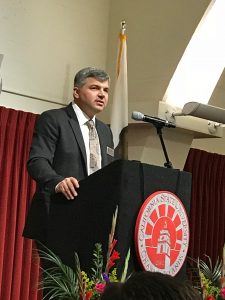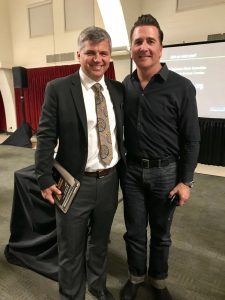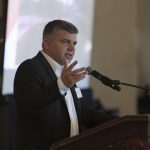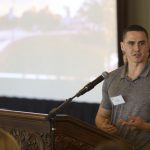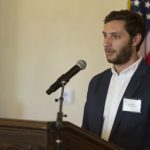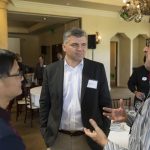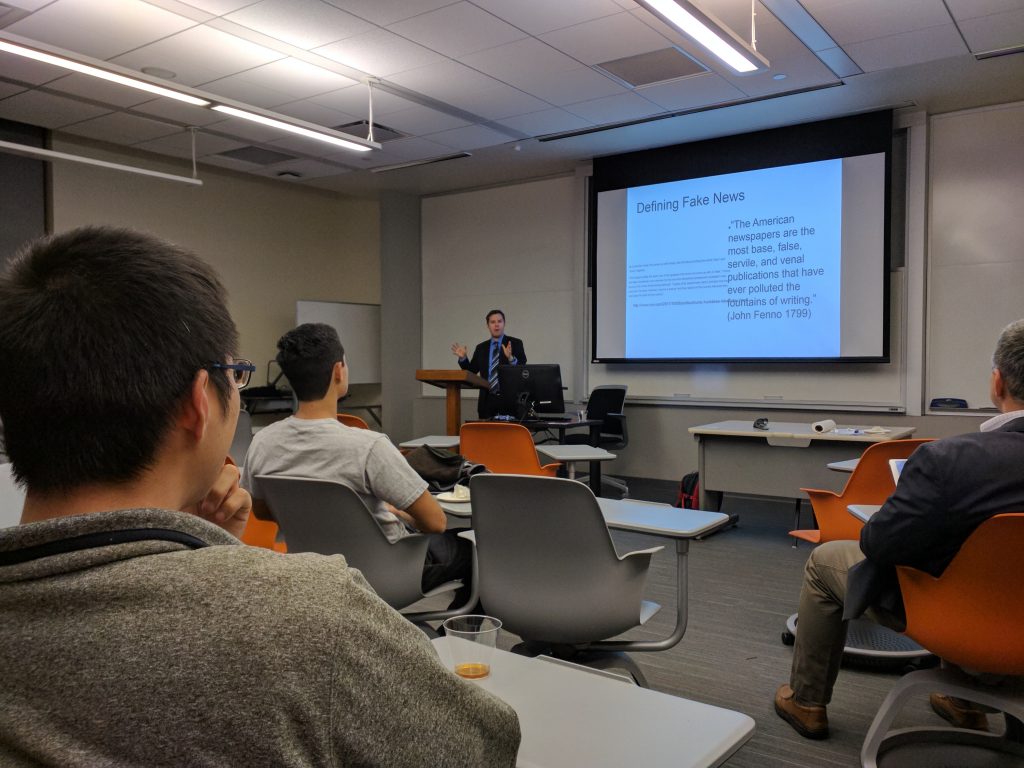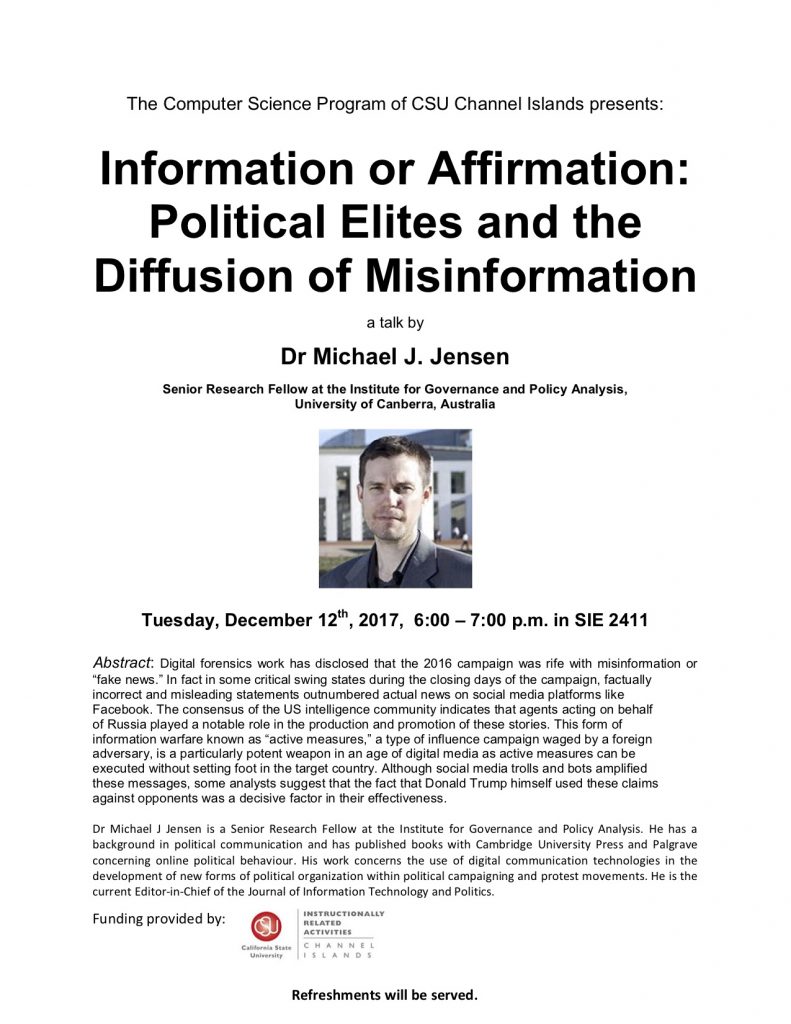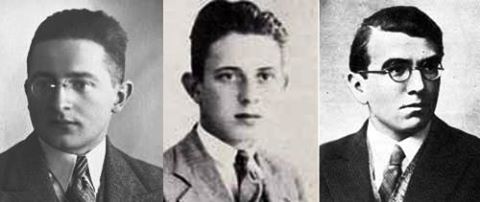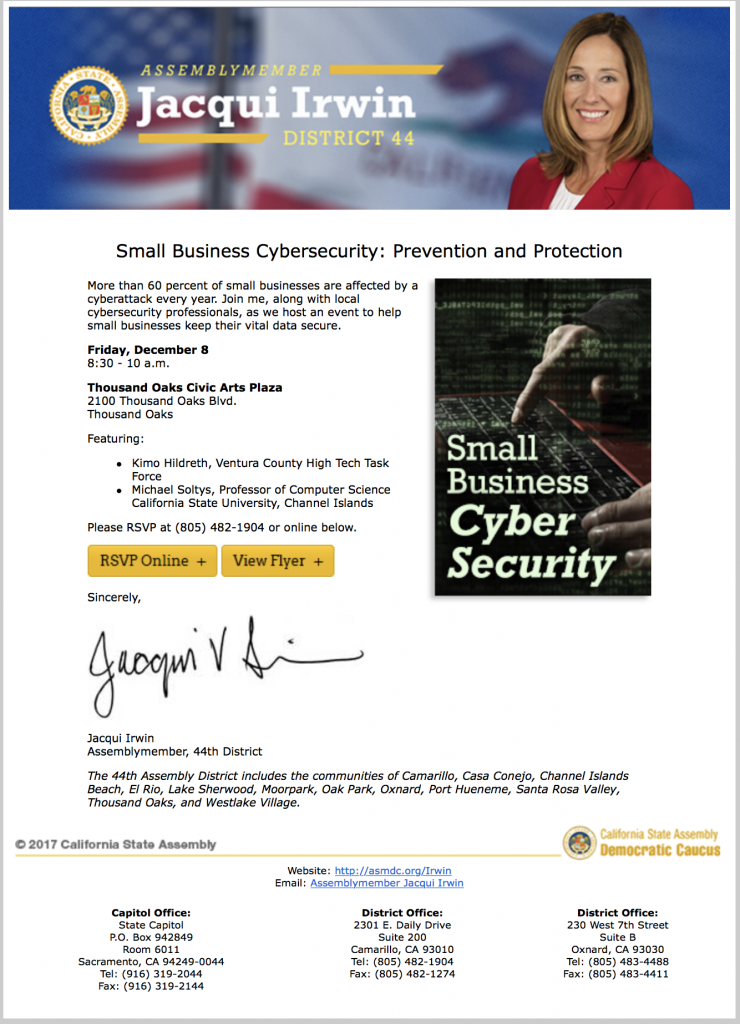The job posting can be found here: https://www.csuci.edu/careers/ and select the “Staff Position” button, and once there do the following search:
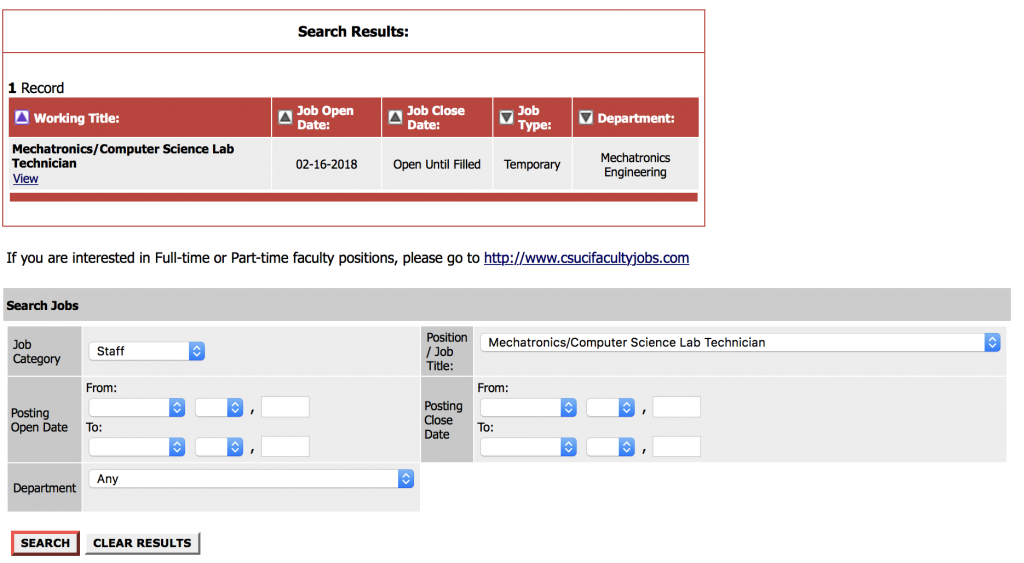
While the position is temporary until June, the expectation is that it will become a permanent position after that, following a second round of interviews – of course, the first successful candidate would be expected to reapply for the permanent position.
Here is the position description:
Support lab activities and instruction for the Computer Science, Information Technology and Mechatronics Engineering programs. Ensuring safe and effective operation of all Computer Science, Information Technology and Mechatronics Engineering lab facilities. Responsible for complex work in the purchase, installation and maintenance of computer science laboratory equipment and software. This position will also be responsible for supporting equipment and instrumentation of teaching laboratories for Computer Science, Information Technology and Mechatronics.
Maintains the equipment in the general Computer Science, Information Technology and Mechatronics Engineering labs, and in the specialized labs (e.g., networks, robotics, and embedded systems). Perform periodic preventative maintenance as necessary. Set up and operate basic complex electronic equipment and instrumentation such as computers and peripherals, data acquisition hardware and software, electronic imaging, 3d printers, robots, power supplies, etc. Maintains all equipment, cleans and arranges for returns of devices to manufacturer or other repair facilities or for a field engineer to come to the campus for onsite repair in the event of major problems. Analyzes and gives advice on selection and purchase of new equipment, computers, components and software and assists in the selection and set up of vendors. System Administration for Computer Science, Information Technology, and Mechatronics Engineering programs, coordinate and consult, acting as the liaison between the Computer Science, Information Technology, and Mechatronics Engineering with the Division of Technology & Innovation.
Organize and update inventory for the Computer Science, Information Technology, and Mechatronics Engineering labs and prepare these labs for students when necessary. Order needed parts and supplies and maintain budget and purchase records. Responsible for cleaning the equipment in the computer labs.
Requires a minimum of a bachelor’s degree and one year of experience with computer equipment or technical training in electronics or electrical engineer. Experience in an academic environment required. Rudimentary knowledge of hardware, and basic knowledge of network and system security. Excellent written and verbal communications skills, excellent technical communication skills, personal and professional integrity.
Highly desirable skills:
Linux server administration (especially Apache, MySQL, Subversion, and deployments of Ubuntu in both desktop and server), Mac OS X server administration, Windows server administration and Windows and Mac desktop administration. Familiarity with every software package used in any of the Computer Science, Information Technology, and Mechatronics Engineering courses. Network administration (knowledge of DHCP, DNS, TFTP, FTP, SSH/SFTP, TCP/IP; basic knowledge of Open Directory/OpenLDAP and some knowledge of Active Directory).
The lab technician will have to be proactive with the Information Technology needs of the department and possess the ability to work with others to implement solutions. Ability to work independently and be adaptable to new situations is required.
Physical Demands: Frequent/ Continuous reaching within arm’s distance, frequent sitting in office chair, up to 5-7 hours at the time. Occasional lifting /carrying of up to 15 pounds at waist level with office area, continuous use of hands to operate telephone, computer system, filing and writing activities, occasional reaching at or above waist and shoulder level, occasional bending and/or stooping at the waist, continuous use of hands for grasping, fine manipulation and ability to stand/walk up to 20 minutes at a time.
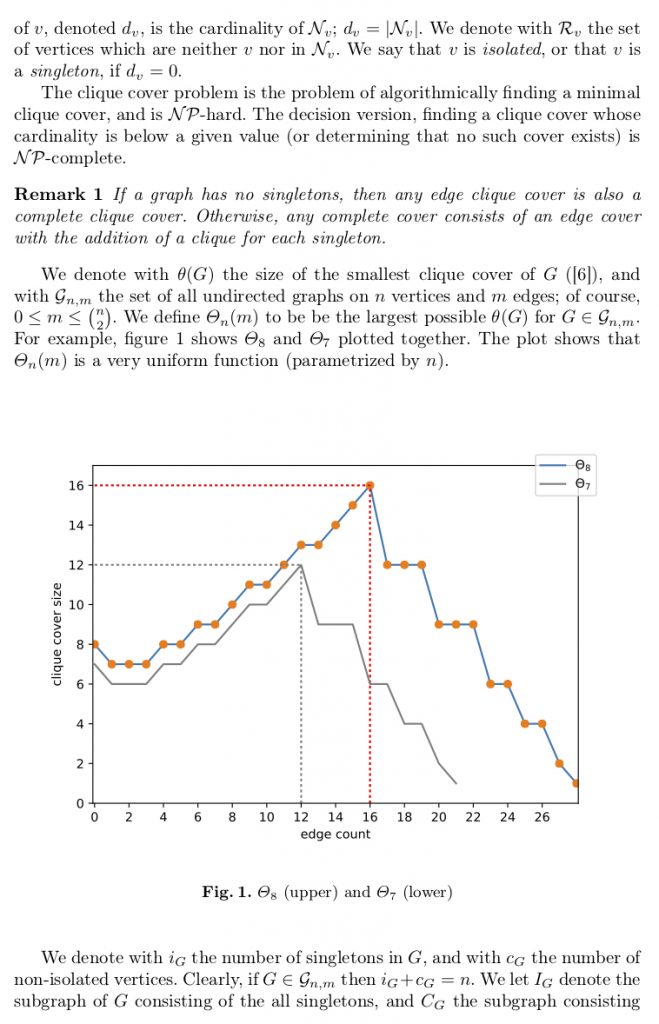 Happy to announce that Ryan McIntyre’s masters thesis results, An improved upper bound and algorithm for clique covers (prelim), will be published as our joint paper in Journal of Discrete Algorithms.
Happy to announce that Ryan McIntyre’s masters thesis results, An improved upper bound and algorithm for clique covers (prelim), will be published as our joint paper in Journal of Discrete Algorithms.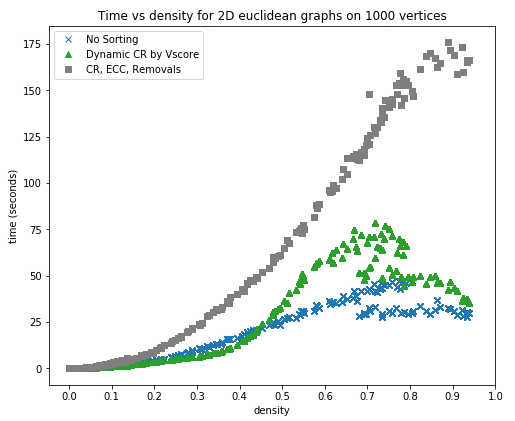 $latex m$ edges. We provide improvements to the known upper bound for $latex \Theta_n(m)$. Helling 2017 also presents an algorithm which finds clique covers in polynomial time. We build on this result with an original heuristic for vertex sorting which significantly improves their algorithm’s results, particularly in dense graphs.
$latex m$ edges. We provide improvements to the known upper bound for $latex \Theta_n(m)$. Helling 2017 also presents an algorithm which finds clique covers in polynomial time. We build on this result with an original heuristic for vertex sorting which significantly improves their algorithm’s results, particularly in dense graphs.